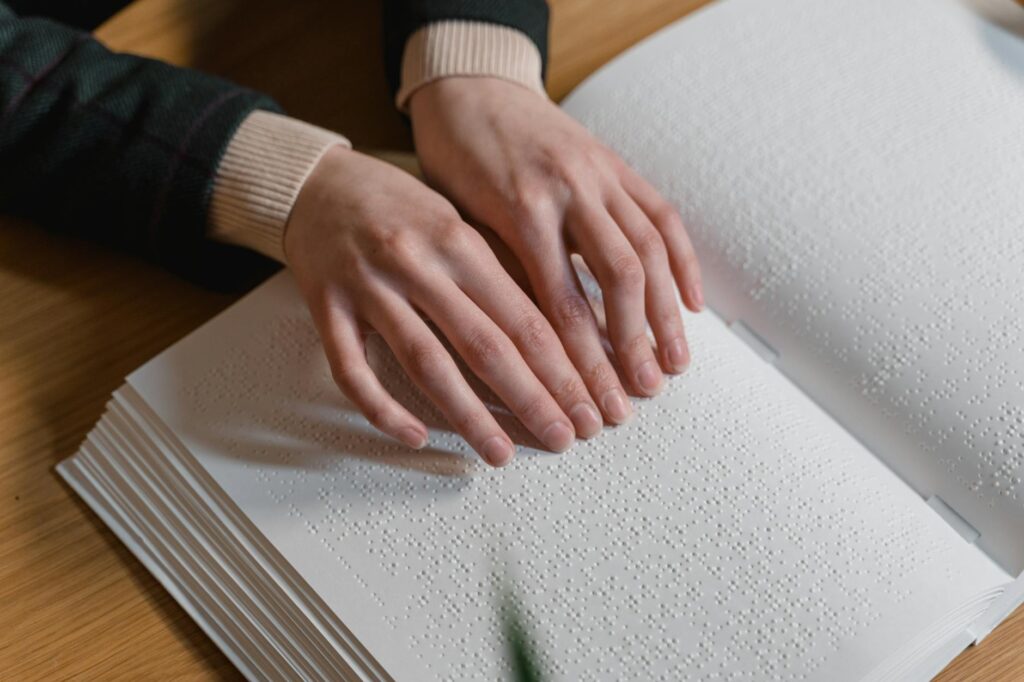What is learning disabilities?

What is learning disabilities?
Understanding learning disabilities is essential for fostering an inclusive and supportive environment for individuals facing these challenges. Learning disabilities are not indicative of a person’s intelligence; rather, they affect how they process information. In this article, we will explore the definition, types, identification, and strategies for supporting individuals with learning disabilities.
Understanding Learning Disabilities
Learning disabilities are a group of neurological disorders that impact how individuals acquire, organize, retain, and use information. These disabilities hinder the ability to learn in a typical manner, but they do not reflect a person’s overall intelligence. In fact, many individuals with learning disabilities are exceptionally bright and creative.
Definition of Learning Disabilities
Learning disabilities (LD) refer to a range of disorders that affect specific areas of learning, such as reading, writing, or mathematics. According to the National Center for Learning Disabilities, these disabilities can significantly interfere with academic performance and everyday functions.
Prevalence and Impact
It’s estimated that about 5% to 15% of the population has some form of learning disability. These conditions can affect anyone, regardless of age, race, or socioeconomic status. The impact extends beyond academic challenges; individuals may struggle with self-esteem and social relationships. Understanding the prevalence and implications of learning disabilities is vital for creating supportive environments at home, school, and work. For more on prevalence, check out this resource from the National Institute of Health.
Types of Learning Disabilities
Learning disabilities come in various forms, each affecting specific skills and areas of learning.
Dyslexia
Dyslexia is one of the most common learning disabilities, impacting reading and writing skills. Individuals with dyslexia often have difficulty decoding words, spelling, and comprehending written text. It can feel like trying to read through a fog, where letters may appear jumbled or reversed. For a deeper understanding of dyslexia, visit the Learning Disabilities Association of America.
Dyscalculia
Dyscalculia is characterized by difficulties with numbers and mathematical concepts. Individuals with this condition may struggle with basic arithmetic, understanding time, and managing money. It’s similar to having a mental block when faced with calculations, leading to frustration and anxiety in math-related tasks.
Dysgraphia
Dysgraphia affects writing skills, making it difficult for individuals to form letters, spell correctly, and organize their thoughts on paper. This condition can manifest in poor handwriting, inconsistent spacing, and difficulty in expressing ideas in written form. Understanding dysgraphia can help educators provide effective support and resources.
Other Learning Disabilities
In addition to the above, there are other types of learning disabilities, such as auditory processing disorder and nonverbal learning disabilities. Auditory processing disorder makes it hard for individuals to understand and process sounds, while nonverbal learning disabilities can affect skills like spatial awareness and social interactions. For more insight into various types of learning disabilities, consider this comprehensive guide from HelpGuide.
Identifying Learning Disabilities
Recognizing learning disabilities early can lead to effective intervention strategies.
Signs and Symptoms
Common signs of learning disabilities can include:
- Difficulty with reading, writing, or math
- Trouble following instructions
- Poor organizational skills
- Difficulty remembering information
- Struggling to stay focused or maintain attention
If you observe these signs in a child or adult, it might be time to seek a professional assessment. For a detailed overview of signs, the Learning Disabilities Association offers valuable resources.
Assessment and Diagnosis
The assessment process for learning disabilities typically involves a comprehensive evaluation by a qualified professional. This may include standardized tests, interviews, and observations. Professionals look for discrepancies between a person’s potential and their actual performance in specific learning areas. To understand the assessment principles better, visit the National Center for Learning Disabilities.
Support and Strategies for Learning Disabilities
Creating a supportive environment is crucial for individuals with learning disabilities.
Educational Support
Schools and educational institutions play a vital role in accommodating students with learning disabilities. They can provide specialized instruction, individualized education plans (IEPs), and other resources to help students succeed. Teachers can implement strategies such as breaking tasks into smaller steps or using visual aids. For more about these strategies, check out this resource from the Learning Disabilities Association.
Personal Strategies
For individuals facing learning disabilities, there are practical strategies to improve learning experiences:
- Chunking Information: Breaking information into smaller, manageable parts can make it easier to understand and recall.
- Visual Aids: Using diagrams, charts, and visual representations can enhance comprehension.
- Multisensory Learning: Engaging multiple senses (sight, hearing, touch) can reinforce learning and retention.
By applying these strategies, individuals can boost their confidence and academic performance. For more tips, refer to this helpful resource from Positive Psychology.

Photo by Tima Miroshnichenko
Conclusion
Understanding learning disabilities is crucial for fostering empathy and support for those affected. By recognizing the signs, types, and effective strategies for support, we can create an inclusive environment that empowers individuals with learning disabilities to thrive. If you or someone you know is facing challenges related to learning disabilities, seeking professional guidance and resources can make a significant difference.